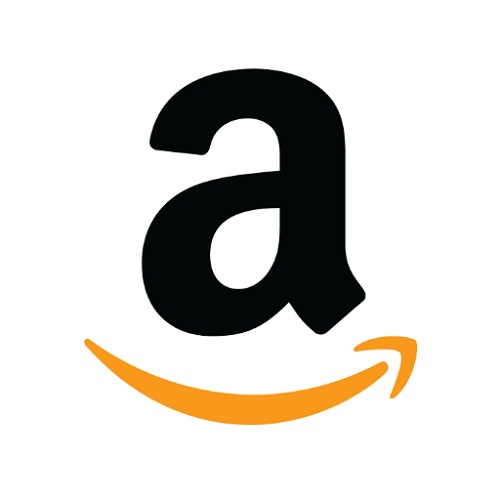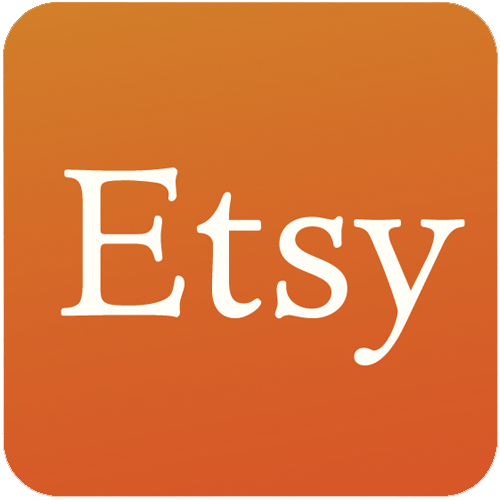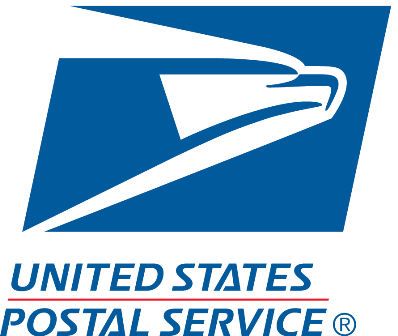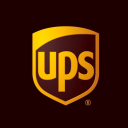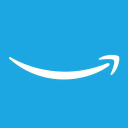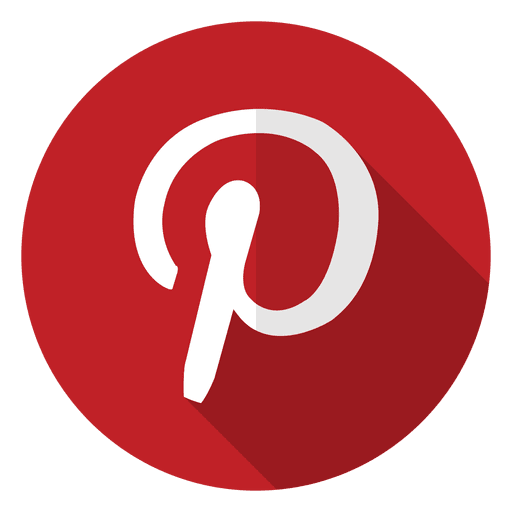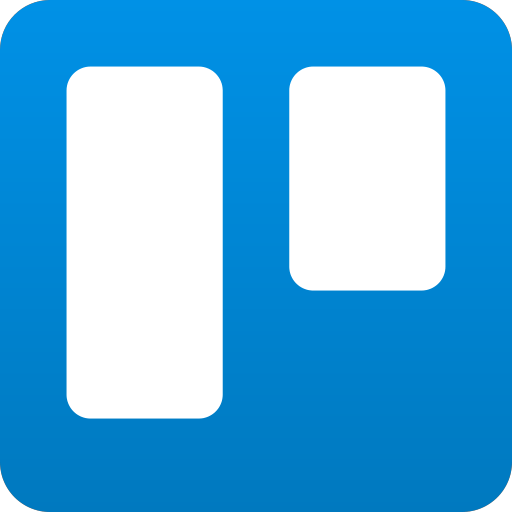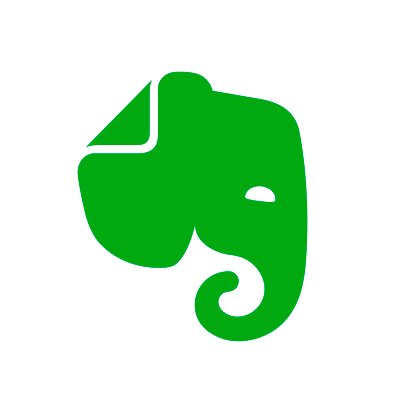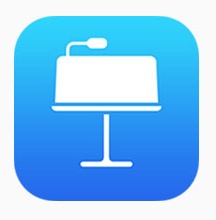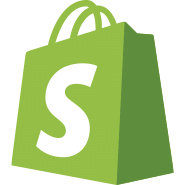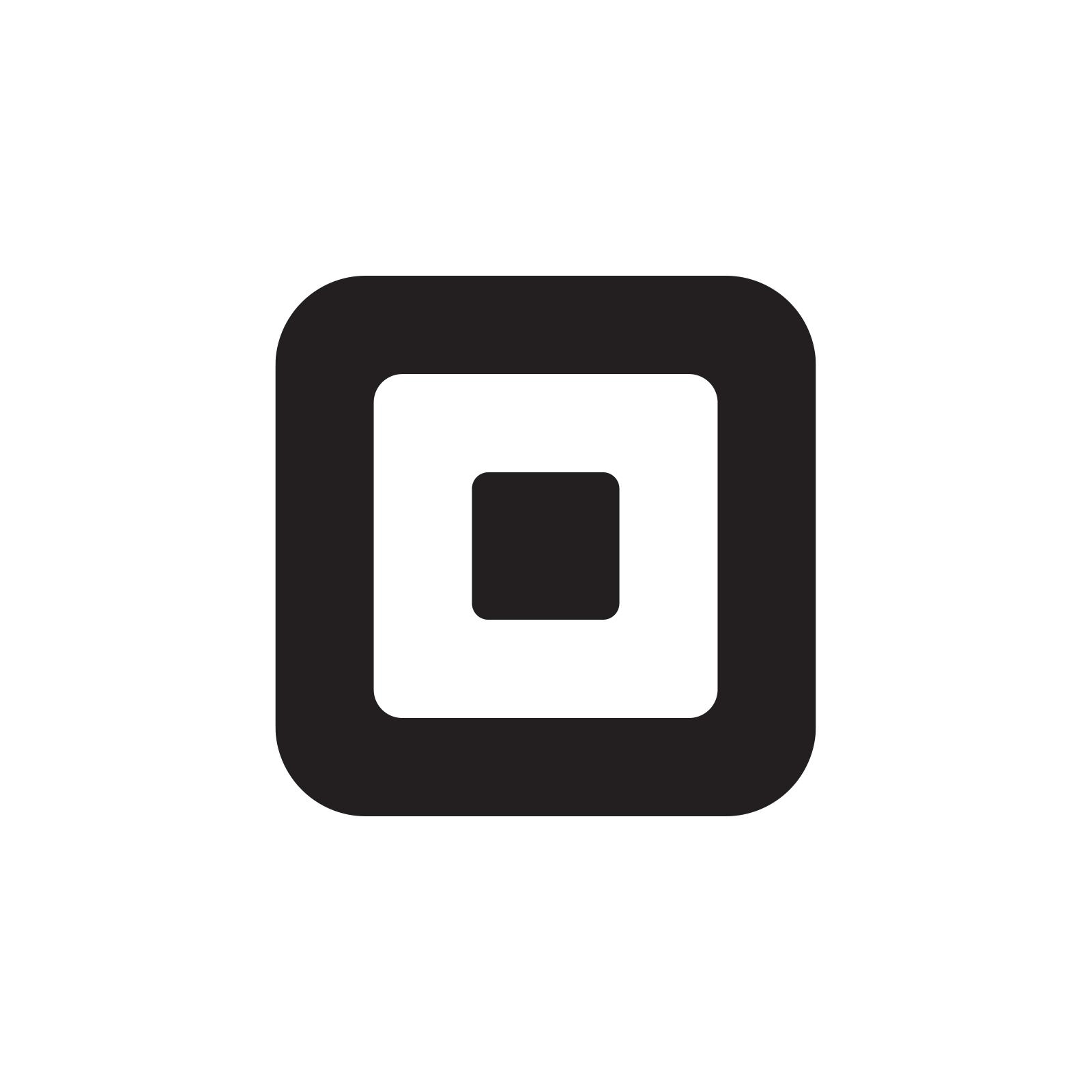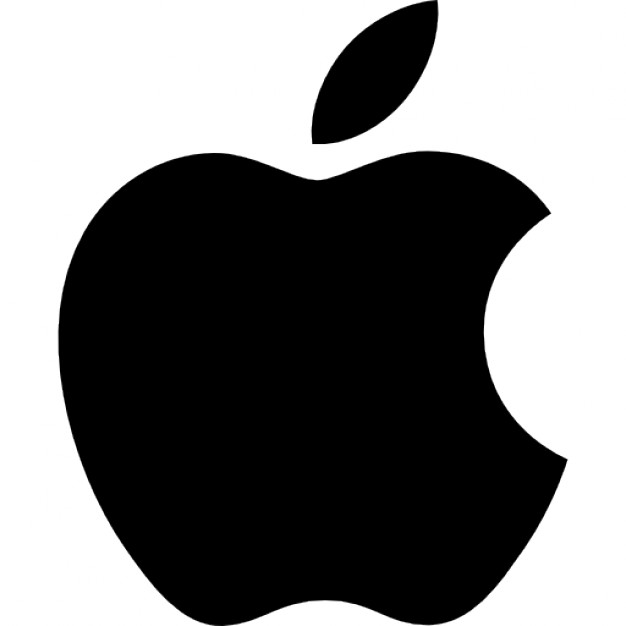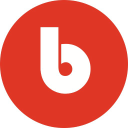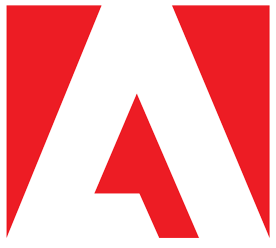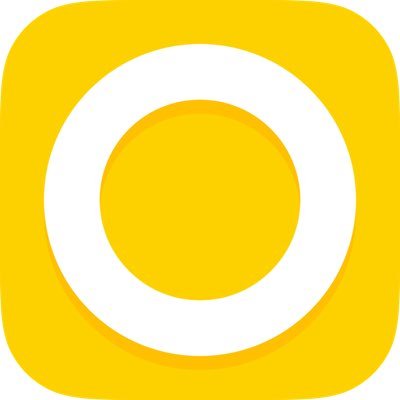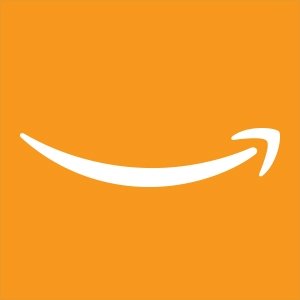How I Started And Grew A $50K/mo Phone Case Business
Hello! Who are you and what business did you start?
Hi, I’m Andrew Moore, the founder, and designer at Felony Case, a Toronto based company designing unique iPhone cases. I founded Felony Case in 2012, and since then we’ve created several flagship iPhone case designs.
Our most notable designs are our spiked and studded cases, which feature hand screwed-in metal studs. When the stud fad began to fade, we knew we needed to reinvent our designs to stay relevant in a fast-changing environment. We went ultra-high-end with genuine python and stingray leather cases.
While these saw success with a certain demographic, I realized it’s easier to sell higher quantities of more competitively priced cases. Which lead to the creation of our Kaleidoscope Case — a current top-seller.
Felony Case started as a small shop on Etsy, and has grown to become an internationally recognized fashion iPhone case brand sold in top tier retailers like Nordstrom, Holt Renfrew, Indigo, Urban Outfitters, Revolve, Free People as well as across multiple e-commerce channels including two Shopify stores (felonycase.com in USD and felonycase.ca in CAD), Spring and Amazon. Last year we did over half a million dollars in revenue.



What's your backstory and how did you come up with the idea?
It’s a funny origin story, because I never set out to start an iPhone case company.
I had just graduated from college and I was working as a driver delivering construction supplies. It gave me a ton of time to listen to podcasts and I was really drawn to tech and startup focused ones. I had an idea for a while to do a wishlist website where people could create and share a list of gifts they wanted. I ended up having the site built, but I didn’t know how to get people using the website.
Don’t be afraid to start! Don’t overthink it, get a product out into the world and start your journey.
From there, I decided I wanted to sell a tangible product, something that people can touch, feel, use and form a connection with. Something that serves a purpose and brings value.
In 2012, I was on Twitter and someone I followed tweeted a photo of this crazy, punk rock looking metal studded iPhone case saying “Where can I get one of these?!” I had another look at the photo and thought it couldn’t be that hard to make it myself. The next day I went on eBay, ordered silicone iPhone 4 cases and 100 metal screw in “punk” studs (the kind you usually see on studded belts or leather jackets). I replied to the tweet “Give me a few weeks, I’m going to try and make one”.
The next week I was on vacation in Miami. My friends and I went to a bar and ended up talking to a girl with a multicolored mohawk, bullet shell belt, ripped fishnets and huge platform boots - a total punk rocker. She introduced herself saying “I’m Melanie but my friends call me Felony”. That word stuck with me and ended up becoming the name of the brand.
When I got home the cases and studs I ordered were waiting for me. My roommate at the time designed leather goods, and had a hole punch tool that’s used to punch the belt holes. I used it to punch the holes in the silicone case, and then screwed in the studs by hand.

Take us through the process of designing, prototyping, and manufacturing your first product.
I showed my friends and family some of the first cases I made and they really liked them. Some friends placed orders from me so I went back to eBay to buy more cases and studs, this time in more colours. Once I made the first batch of cases for my friends I started getting orders from friends of friends. The cases were so eye-catching they were marketing themselves.
I received an email from Apple’s head of retail requesting samples saying “there’s an opportunity for Felony Case in Apple retail stores”… Holy shit.
I had a note in my phone of people’s names who ordered cases and which colours they wanted - at the time I was offering black or white cases with gold, silver, or gunmetal studs. When I had the case made I’d arrange with the buyer to pick it up from my house. Unfortunately, the first batch I made had some issues - the studs were unscrewing easily which I fixed by adding a dab of Loctite to each of the threads.
I realized I didn’t want to have to arrange meetups every time I made a sale so I started with an Etsy site. It was very barebones with product photos I took myself on my iPhone camera. The Etsy shop grew and eventually I was shipping my handmade studded cases all over the world. I decided we needed a custom online shop of our own so we could be in complete control of our branding and creative, so I started a store on Shopify while still keeping the Etsy shop running.
Our first big break into retail was bigger than I ever could have imagined and it happened because of a lucky encounter. My friend who had one of the studded cases was sitting front row at a Toronto Fashion Week event beside the Vice President of Holt Renfrew. She caught a glimpse of the studs on his case and said “tell me more about this case”. He went on to explain it was his friend from Toronto who makes them and she asked to set up a meeting immediately.
The following week I was in the Vice President of Holt Renfrew’s office with all of their accessory buyers and a table full of cases I made by hand. The buyers picked through the colours and put aside their favourites - they placed an order for 200 cases. I was on my couch for the next 2 weeks straight making cases by hand for Holt Renfrew (thankfully they gave me a 30-day delivery timeframe).
After hand-making that order, I decided I needed a better method to punch the holes in the cases because I was starting to develop serious hand cramps from punching the holes and screwing in so many studs.
Luckily, a friend of mine had a tool and die shop, and he was able to make me a jig on a press that punched all 26 holes in one shot. This was a lifesaver for me at the time — I crunched some numbers and calculated that saved me 16 minutes making each case.

Around the same time, I received an email from Apple’s head of retail requesting samples saying “there’s an opportunity for Felony Case in Apple retail stores”… Holy shit.
I put together a package of perfect samples, making sure all the holes were punched perfectly straight and none of the studs were crooked. I shipped the samples out to Apple and waited to hear back from them. He came back to me in a couple of weeks saying the cases were a huge hit when they arrived at their office, but unfortunately, they couldn’t sell them because they contained metal which was against Apple’s policy, as it could interfere with functions in the iPhone.
So began the search to find a factory that could replicate the studded design of my case but made fully out of plastic. I found some factories on Alibaba that said they were capable of this and booked a flight to China to visit them a couple of weeks later.
I wanted a prototype in hand to bring to the factories so I could show them exactly what I needed. I had a 3D designer mock up what the case design could look like if it’s made fully out of plastic (polycarbonate) and this is what we came up with:


I then had that 3D printed so I could bring a physical sample to show engineers at the factories. This gives them a better feel and visual representation of what I’m looking for:

I needed this to be a two-part case so we could do the body of the case with a matte or gloss coating finish but have the studs with a metallic (Gold, Silver, Rose Gold) finish.
With the prototype in-hand, I was off to China for the first time.
I had meetings set up with four potential partners that I found through Alibaba. I thought they were all factories, it turns out two of them were actually only trading companies, which means they buy and sell products that other factories make and act as the middleman, but don’t actually do any manufacturing themselves. I knew I wanted to work directly with a factory, and ended up choosing one I visited.
I decided to proceed with production with this manufacturing partner based on a few factors; They seemed the most capable and willing to do what I needed, they had good communication, they had samples of other cases they’d made that were good quality, they were willing to do a lower minimum order quantity to start, and they had competitive pricing.
On my last meeting with them, I paid a deposit to begin the engineering work to design the Computer Aided Design (CAD) model of the case and prepare materials for tooling. The remainder of the payment would be sent upon completion of the production, prior to shipping.
These are screenshots I received from the engineer’s initial designs - I didn’t have a CAD program on my computer at the time so I had to rely on their screenshots for the design and their intel to ensure the case would actually fit the iPhone 5 correctly:




After I signed off on the CAD drawings they began tooling. A few weeks later a sample was ready for me to review, they express shipped it to me and… it was horrible.
The studs were different shapes — some were sharp, others were dull; there was awkward spaces around the studs, and the two pieces of the case didn’t fit together to feel like a one-piece case. We went back and forth a lot on shape, fit, colour and how the two pieces were fused together.
We eventually dialed everything in and I placed an order for 8 different colours, 1000pcs of each. White Case with Gold, Silver, Rose Gold, and Gunmetal studs, and Matte Black Case with Gold, Silver, Rose Gold, and Gunmetal studs - 8000pcs total.


I’ve been to China twice since my first trip, mainly to source new suppliers. Looking back on it now, I’d definitely recommend going to a trade show (sourcing fair) in China or Hong Kong (or locally in your country if there are any). Some good ones to look into are Global Sources, HKTDC, and the Canton Fair. I recommend planning to spend 2-3 days at the fair and then giving yourself time to visit with the factories/producers you meet there, allowing you to see their factories and production capabilities.
Now I have a roster of about five factories we work with on a regular basis. Some are better for printed cases, others specialize in doing tooling and plastic injection, others are great at doing metallic coatings. We have a few different factories we use for packaging as well. Although it can make it a lot easier to only work with one, don’t feel like you have to stick with one factory for everything.
Tip: The factories you’re working with for your product will likely have a good source for packaging. Ask for photos of current packaging other customers of theirs use for the product, this can give you ideas of packaging style and design and it can also maybe give you a sneak peek at which other brands your factory is producing for. Usually, the factory who is producing your product will be able to do the pack-out of your product also, get them to do that before shipping to you so when your product arrives it is already packaged, stickered, and ready to sell.
Describe the process of launching the business.
As I mentioned previously I initially launched by selling locally to friends and family with supplies I ordered off of eBay and a free shop on Etsy.
One big takeaway I can tell other entrepreneurs looking to start a company is to just start. The longer you sit around and mull over ‘what could happen’, the longer you aren’t out there getting feedback and selling your product.
I did the product photography myself and traded a case to my friend who designed the logo. I’ve kept the whole operation super lean right from the beginning. I think it was beneficial for me in the beginning to not have had a full-fledged business plan when I started out, I would have definitely overthought aspects of the business that didn’t need as much attention in the beginning.
One big takeaway I can tell other entrepreneurs looking to start a company is to just start. The longer you sit around and mull over ‘what could happen’, the longer you aren’t out there getting feedback and selling your product.
I remember my first big spend was on the domain name. I was originally using felony-case.com because the domain felonycase.com was listed on GoDaddy as a premium domain (which makes sense because of the law connotation). I think it cost $1400 which was huge for me at the time but I’m really happy I did it. I’ve since bought most other domain names containing “felonycase”, I figure if the case business ever goes belly up I can sell the domains to a law firm.
I did need a loan once for a large production run for a commercial customer who did a custom case colour way as part of a marketing initiative. I was able to get this loan from a family member and I paid them back as soon as the customer payed me, I hate being in debt to people - especially if its family.
Since launch, what has worked to attract and retain customers?
A large part of our initial customer base came from referrals through friends and family and Instagram influencer marketing (this was before ‘influencer marketing’ was as prominent as it is today).
The spiked cases had marketing built into them because they were so eye-catching. People who had a case told me they were always be stopped in public by people asking where they can buy it. That organic growth was huge for us right out of the gate.
Organic growth is crucial when you don’t have a ton of marketing dollars to spend. Paid advertising is a slippery slope to start out on. I’d definitely recommend having organic traction before dumping money into Facebook, Instagram or Google ads.
It also helped that people were just starting to break out as ‘models’ and ‘influencers’ on Instagram. I put a lot of time into reaching out to influencers in those early days offering to send them cases to use. A key part of my approach was not asking for anything in return. Thankfully cases aren’t overly expensive to manufacture or ship and I had a lot of product in storage.
I was able to send out a lot of cases to influencers and we received a lot of content for our own Instagram which we used by reposting photos from people who tagged @felonycase. Some notable celebrities who’ve had our cases are Hailey Bieber, Devin Brugman, and Tash Oakley among others. We were also lucky to be featured national news and holiday gift guides (which usually happened organically by someone from the media outlet reaching out to me directly).
I also worked on a collaboration iPhone case with The Weeknd that put our cases into the hands of his fans. I reached out to his Creative Director with mockups of designs we could do and he got back to me to set up a meeting. A month later our collaboration XO cases were available through The Weeknd’s web shop and at his tour stops. Don’t hesitate to reach out to people with pitches. You never know what could happen. I’ve also reached out and designed cases with Deadmau5, Travis Scott, Drake, Jazz Cartier, and Theophilus London – while none of these collaborations made it into production, it was a great learning experience to see how their teams work.

I would also recommend having multiple ecommerce channels. We currently sell through our two Shopify sites (felonycase.com and felonycase.ca), an Etsy shop, and Amazon. I wanted to get our products in front of as many people as possible — we needed to be where the searches are happening. Amazon has been a huge growth channel for us since we started selling through Amazon FBA two years ago. We’ve since grown to Amazon.com, Amazon.ca and we’re in the process of sending products into Amazon.co.uk.
Having your product stored in and shipped from Amazon warehouses through their Fulfilled By Amazon service (FBA) gives your listings the ‘Prime’ badge. Having your products FBA also gives your listings a big bump up in search results; they favour listings that are FBA/Prime. It’s hard to tell if purchases made through Amazon are from customers who originally found us through our websites or social channels then searched Amazon to get the free Prime shipping or if these are new customers who found us via Amazon searches.
Our cases don’t currently rank very high in generic ‘iPhone case’ search results on Amazon or Google as there’s a ton of competition at lower prices but I think it’s important to have a presence onAmazon regardless. Google SEO is also a constant that I’m always working on improving, but it’s a tough nut to crack.
We’ve been able to partner and grow with some incredible retailers worldwide which makes up a large percentage of our overall revenue. I consider myself more of a creative than a salesperson as sales don’t come as naturally for me. I’ve managed to put together a sales tactic that seems to work okay but it is by no means polished or perfect. I have all of our products in a Brandboom presentation, often referred to by retail buyers as ‘line sheets’.
It shows all of our styles, descriptions, retail and wholesale pricing along with photos and video. I send this link to buyers and they can get an idea of our brand and products through the presentation. Buyers can also place orders directly in our Brandboom presentation. It’s a great service but it can be costly if you’re just starting out.
Something similar I recommend doing is having an order form in an Excel file along with a .pdf presentation that you can send to buyers. This mimics what Brandboom does to a certain degree while avoiding the monthly fee.
Finding retailers who are a good fit to reach out to can be hard, I often start with stockist lists on competitor’s websites. With smaller boutiques you can usually reach the person in charge of buying by emailing their general email address. For bigger retailers and department stores you have to get a little more creative. I often start at LinkedIn and search for “‘store name’ buyer” but some of these stores have hundreds of buyers so you need to find out which buyer is in charge of buying for your category. You can often do this by searching “‘store name’ ‘tech accessories’ buyer” - insert your category where I have ‘tech accessories’.
Another tactic that I was actually surprised that it worked was sending a sample package directly to head office with ‘Attn ‘category’ buyer’ on the shipping label. This worked with getting Felony Case into Urban Outfitters, I was surprised to get an email from their iPhone case buyer a couple weeks after I sent the sample package to their head office.
How are you doing today and what does the future look like?
By keeping business operations lean we’ve been profitable since the start. I’m a solo founder and still work as the only employee for the most part.
I’ve outsourced our shipping for online orders to a third-party fulfillment partner. They pick up, store, pick, pack, and ship all of our online orders from Shopify and Etsy. I have people who come in and help pack orders for retailers and shipments to Amazon FBA warehouses. I’ve been fortunate to have a great crew of interns over the years who have helped with design, marketing and customer service.
I’ve also hired people via Upwork including a virtual assistant from the Philippines who helped with customer service and influencer marketing, and an Amazon listings expert from India who helps upload listings onto Amazon. I’ve tried outsourcing advertising to ‘specialists’ but no one has been able to turn advertising profitable for us yet — feel free to get in touch with me if you can.
Currently 40% of sales come from selling to retailers. We’ve been lucky to have incredible retail partners like Nordstrom, Indigo, Urban Outfitters, Free People, Holt Renfrew. The rest is split by our Shopify shops doing 30%, Amazon 25% and Etsy 5%.
I’m always designing and prototyping new case designs. It’s an especially exciting time right now, as we’re still fresh off the release of the iPhone XR and iPhone XS Max, meaning it’s a great time to introduce new styles.
I’m working on some interesting concepts that will be available in the coming months. Follow us on Instagram @felonycase and check out our stories to see what I’m working on prototyping right now. It feels good to be back in the studio focusing on design as opposed to putting all of my energy and effort into sales/marketing.
To me, it feels like I’m getting back to the roots and where it all started — working hands on developing new products. We’re using state of the art rapid prototyping like 3D printers, CNC and laser cutters to come up with some really unique new designs. Not all of them will go into production because they’re a bit “out there”, but it’s been really fun experimenting.



Through starting the business, have you learned anything particularly helpful or advantageous?
There are a lot of factors at play when selling direct to customers (DTC) or selling to retailers. You have to have the right product fit, at the right time, at the right price.
Selling to retailers it can be tricky. You have to send them a great sales email or phone call when they have a need in their stores for your product. Buyers have budgets at different times throughout the year, so you need to ensure you’re getting into their inbox when they have budget to spend or before they do so they can keep your product in mind when they do have the budget. Holiday is the busiest time of year for retailers so you need to be emailing them in July or August to be considered for their back to school and holiday season.
I’ve also learned there are a lot of people who think they can help you grow. Whether it be marketers, advertisers, salespeople, people trying to sell you apps or add-ons to use, etc. Unfortunately most I’ve worked with haven’t been able to back up their claims. I get pitched all the time by advertising and sales agencies who claim to be the best, but through working with numerous agencies etc. I’ve yet to find anyone who really moved the needle for us.
A lot of starting your own business is about trying different things out, just make sure you keep the ball in your court when you’re testing. For example, don’t give up any part of your business or agree to any crazy sales structures until they’ve backed up their claims and that they’re a good working fit with you and your business. Know when to say “no” and don’t have any hesitation in saying it. Setting these partnerships up takes a lot of time and energy, could that time be better utilized in other ways to grow your business?
When looking for a production partner or factory to work with be as clear as possible when discussing your product with them. Your best bet is to already have a physical sample made to the exact quality and specs that you’d like the final production run to be. If you can’t get a physical sample made, have a digital mockup with sizing, Pantone colours, and all other relevant specs. I’ve learned to always have factories send photos of products prior to shipping so I can diagnose any issues before they’re shipped. Sometimes factories will agree to refund the sample fee with the mass production order, so be sure to ask about that too!
Another thing I’ve found incredibly beneficial is connecting with other entrepreneurs, even if they’re in different categories or sell different products. Chances are you’ll have some of the same pain points and they could have advice from their own journey. Go to meetups in your city, join Facebook groups (Shopify Entrepreneurs and The Amazing Seller are some good ones), or even reach out directly.
What platform/tools do you use for your business?
3PL or Fulfillment Partners: As soon as you’re spending more time packing orders and standing in line at the post office than you should be, definitely outsource your shipping to a Third Party Logistics (3PL) or fulfillment partner. Search for one in your area and see if they do pickups directly from you, this will save you having to spend money to ship your products to them. Some other beneficial features of fulfillment partners are better shipping rates that you may not have access to with the volume you alone are shipping. If you’re shipping internationally from Canada you know shipping with tracking to the US is expensive. Look up a service like Chit Chats and see if the fulfillment partner you’re working with can offer something similar. Another benefit to working with a fulfillment partner is they may have multiple fulfillment warehouses. This means they can store your products in more than one location and they’ll ship out orders from the warehouse closest to the customer to save on shipping rates and shipments will get to your customers faster. Make sure you shop around and price compare with different fulfillment companies to get the best rate and service. A lot of these companies have minimum number of orders per month you’ll need to hit. Don’t get frustrated if the first few won’t work with you because of your current order volume. There are a lot of smaller fulfillment companies out there who are willing to work with smaller brands and grow with you.
Upwork to find freelancers. I’ve found great designers and virtual assistants through Upwork. I also work with an Amazon listing expert who adds all of our products to the various Amazon marketplaces for me.
Instagram to find designers and content creators to work with.
Consistent Cart for abandoned cart recovery is a no-brainer. They recovered over $8k in abandoned carts for us last year. You only pay based on what is recovered.
Product Reviews with the Product Reviews Addon. Shopify’s native ‘Product Reviews’ app doesn’t automatically send emails asking for reviews which is why you need the 3rd party add-on. Start this right away even if you don’t think the amount of sales you’re getting justifies it. After you’ve set it up, this just runs in the background and helps you get product reviews which will hopefully lead to more people purchasing your product down the road based on great reviews you receive.
Product Upsell, which helps increase average cart value. I have it set up so when a customer adds an iPhone case to their cart they get a pop-up asking if they’d like to add a screen protector too.
What have been the most influential books, podcasts, or other resources?
Four Hour Workweek by Tim Ferriss - even if there’s no chance in hell of actually working 4 hours each week as an entrepreneur, this book has a lot of great insights into optimizing tasks and workflow as well as great tips on outsourcing
Shopify Masters podcast (I’m on this episode: Before You Take a Trip To China Looking for a Manufacturer…)
Hypebeast - Business of Hype podcast
Advice for other entrepreneurs who want to get started or are just starting out?
Don’t be afraid to start! Don’t overthink it, get a product out into the world and start your journey.
Are you looking to hire for certain positions right now?
I’m always looking for talented, up-and-coming product and graphic designers as well as photographers and content creators.
If you’re a PPC master and can get us running +ROI ads, hit me up.
Where can we go to learn more?
- www.felonycase.com
- Amazon.com/felonycase
- etsy.com/shop/felonycase
- www.facebook.com/felonycase
- Instagram @felonycase
If you have any questions or comments, drop a comment below!

Download the report and join our email newsletter packed with business ideas and money-making opportunities, backed by real-life case studies.

Download the report and join our email newsletter packed with business ideas and money-making opportunities, backed by real-life case studies.

Download the report and join our email newsletter packed with business ideas and money-making opportunities, backed by real-life case studies.

Download the report and join our email newsletter packed with business ideas and money-making opportunities, backed by real-life case studies.

Download the report and join our email newsletter packed with business ideas and money-making opportunities, backed by real-life case studies.

Download the report and join our email newsletter packed with business ideas and money-making opportunities, backed by real-life case studies.

Download the report and join our email newsletter packed with business ideas and money-making opportunities, backed by real-life case studies.

Download the report and join our email newsletter packed with business ideas and money-making opportunities, backed by real-life case studies.

